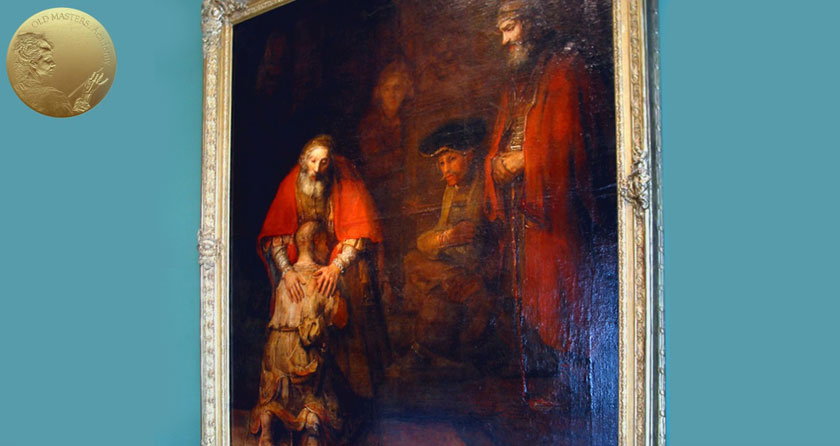Art Lesson 38, Part 8
Discover how Rembrandt Used Red and Yellow Lakes in his Paintings
Learn how to paint like the Old Masters!
Old Masters Academy Online Course
Self-study, self-paced online video courseLifetime membershipOne-time payment: $487Enroll Now!Personal Tutoring online + Online Course
Unlimited tutoring by the Academy teachersLifetime membershipOne-time payment: $997Enroll Now!« Back to the Art Lessons List
How Rembrandt Used Red and Yellow Lakes in his Paintings
The term “lakes” indicates a high translucent quality of paint when pigments are mixed with the painting medium. The color of lakes varies from acid yellows to highly saturated rich red or orange-brown, depending on the dyestuff of the plant or animal origin.


Red lakes play an important role in Rembrandt’s paintings as glazing. They are found in glazing over opaque under-layers. Rembrandt often used red lakes to warm up mixtures of bone black with earth pigments, which were used for translucent background shadows. Also, red lakes were mixed with ochres to make colors brighter. Sometimes, red lake pigments appear in flesh tints.

Yellow lakes were widely used in 17th century Dutch painting, despite their fugitive characteristics. Yellow lakes were mixed with other pigments – including ochres – to achieve yellowish-green and yellowish-brown colors, adding transparency to paint, as well as in mixes with blue and other pigments for landscape and foliage greens.

Both red and particularly yellow lakes tend to fade by photo-oxidation when used on their own. However, as tinting pigments – as in Rembrandt’s case – lakes are more stable.




